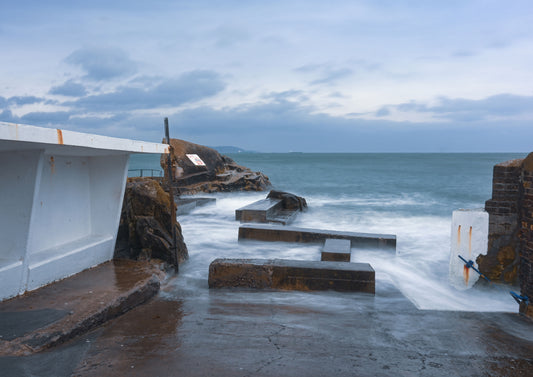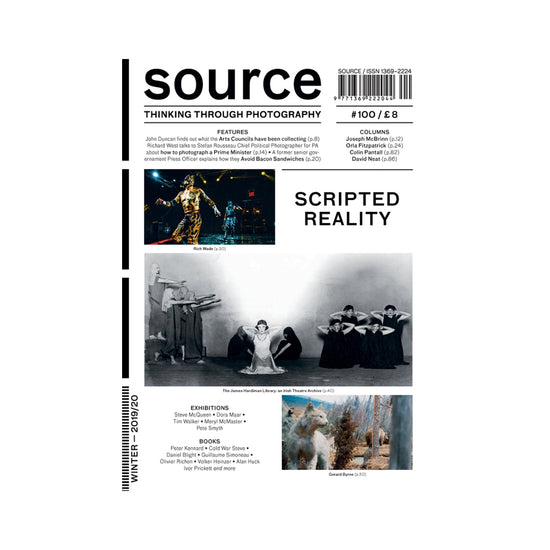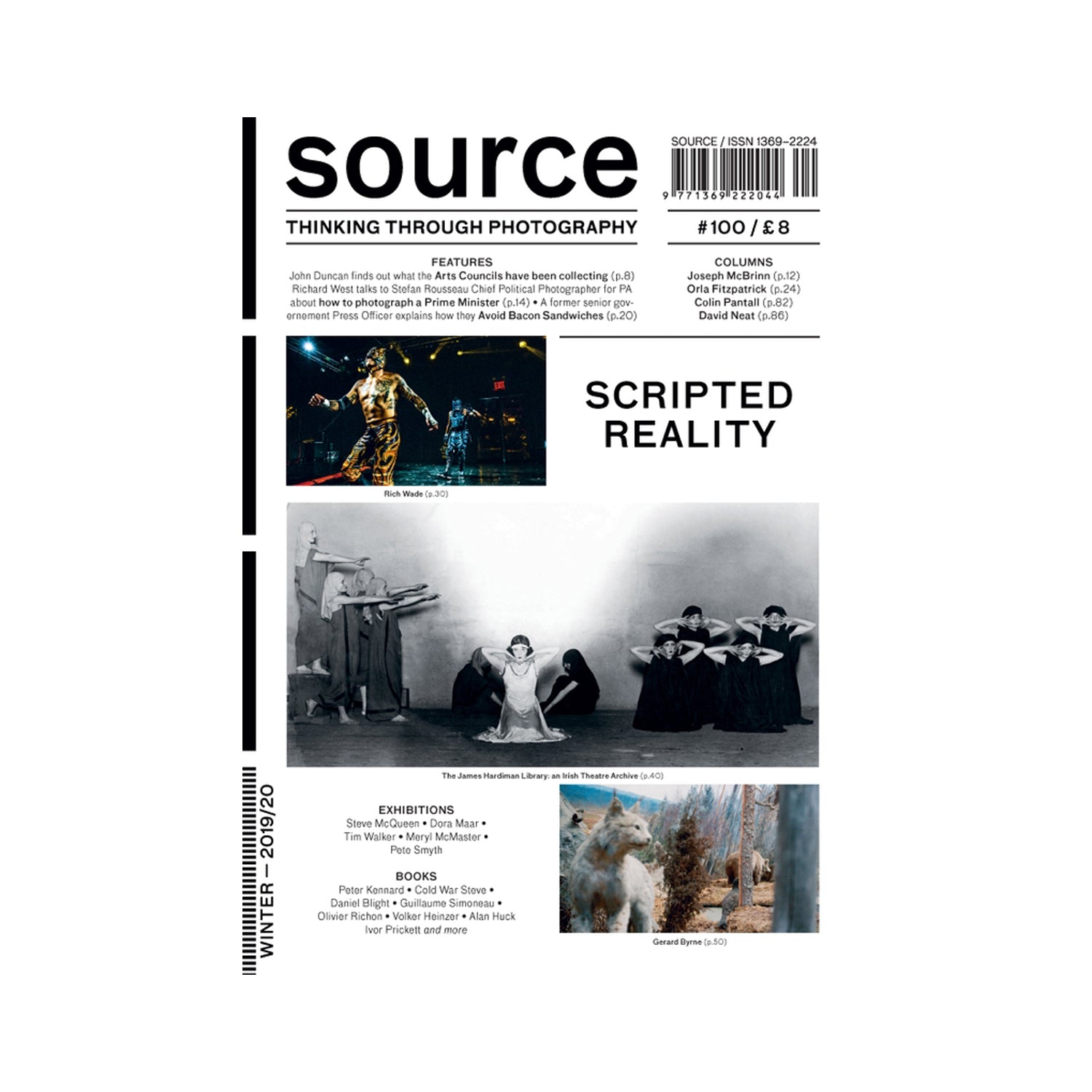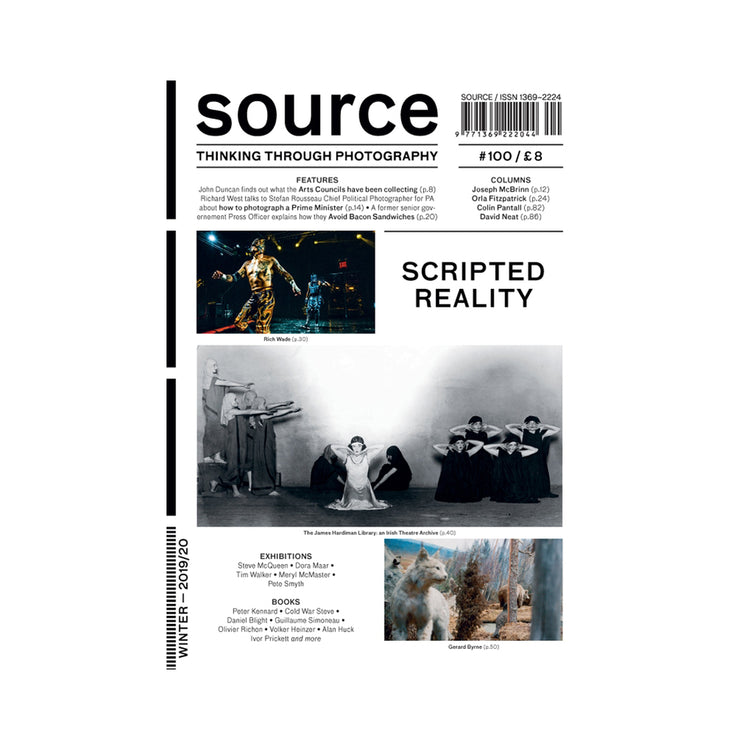Issue 100 — Winter 2019
View Contents ▸
One of photography's most prized attributes is the access it gives us to reality. It captures the unguarded moment or the telling detail and we believe in its ability to record events; 'Pics, or it didn't happen' people still say on social media when they want proof that something took place. Nevertheless, the suspicion remains that the story we are being told has been set up, that photographs of political events, for example, are staged. In this issue we have spoken to a photographer, Stefan Rousseau, who photographs the British Prime Minister. The orchestration of the events he photographs is part of his everyday working life. We have also spoken to a former government Press Officer about how they manage these events and plan, down to the smallest detail, what will appear in photographs. Neither sounds confident that they are in control of what we see.
Like politics, entertainment can be more enjoyable if it appears unscripted and this is nowhere more true than in the world of independent professional wrestling. As Rich Wade's photographs show however, wrestling is an extreme type of physical storytelling. It mixes soap opera storylines with choreographed stage fighting underpinned by teams of script writers. Wade's initial research looked at how "wrestling has brought issues in contemporary society to mythical levels through its characters and storylines". For example, in the early 1980s when the all-American Hulk Hogan feuded and defeated the wicked Iranian Iron Sheik. But as the project developed in the era of Brexit and Trump he increasingly felt that this had been turned on its head, so that, instead of wrestling mimicking politics, the political process now felt more like it belonged inside the world of wrestling. The crossover between the two worlds was played out in 2017 when Trump posted a video on Twitter in which he is portrayed grappling a figure to the ground whose head has been replaced by the logo of CNN.
By contrast with the grandstanding of wrestling and politics, photographs of actual theatre, with all the artifice on show, seem naturalistic. Archivist Barry Houlihan, using material from the collections of the James Hardiman Library, shows how playwrights, directors and designers are involved in a form of picture making and over time their pictures both represent and reflect the society that they are part of.
Brian Dillon discusses the work of Gerard Byrne which although "informed by a certain Conceptual inheritance" is "just as likely to engage the histories of more established or mainstream art-forms and media". It's an output that draws on Samuel Beckett's biography and the stage direction in Waiting for Godot, uses taxidermized animals that Byrne describes as 'proto-photographic' and involves the production of seemingly trustworthy landscapes in Case Study: Loch Ness (Some possibilities and problems). Byrne's project Images or Shadows of Divine Things recalls Walker Evans, Robert Frank or Lee Friedlander, but despite appearances has been made from 2005 onwards. The subject of his work is hinted at in its title which references a collection of aphorisms on the subject of interpretation by the 18th-century philosopher and theologian Jonathan Edwards.
This is the 100th issue of Source, a milestone that seems a long way from the first issue in 1992. We would like to thank all the photographers and writers who have contributed over the years and to acknowledge the support of our funders, those who have served on our board and everyone who has supported our work by buying and reading the magazine.
— The Editors





